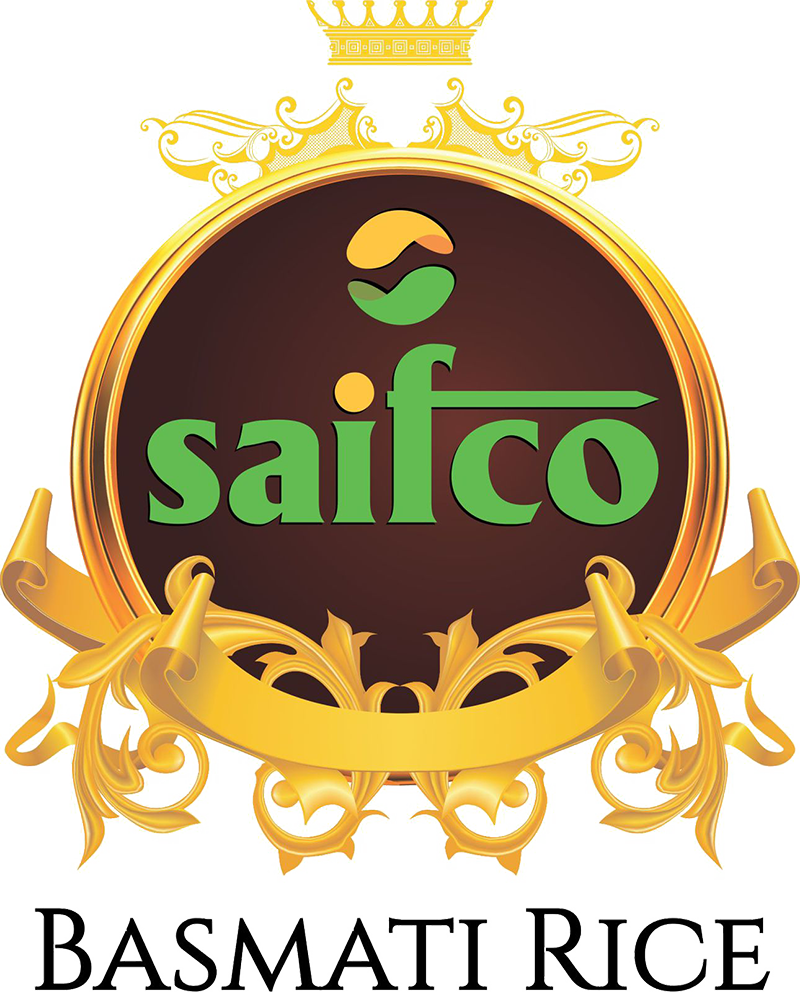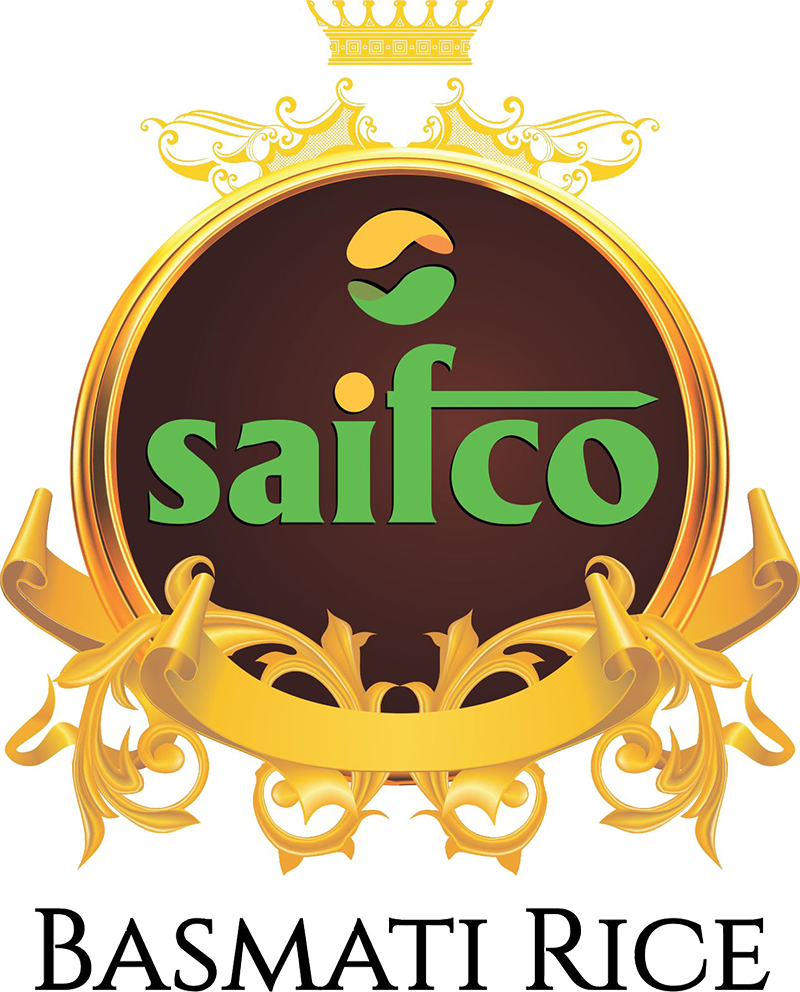Basmati Rice Manufacturers and Exporters
What Makes Basmati Rice Different from Other Rice?
Due to its flavour and other attributes, Basmati rice is sometimes called the queen of rice. This variety of long-grain rice is popularly cultivated in the Himalayan belt particularly in the two south Asian countries of India and Pakistan. The kind of Basmati rice has become a well-liked food staple among people from various regions of the world. Although rice has many types, Basmati is different in terms of its features, utilization, and even some other factors.
This blog will explain several properties that identify Basmati rice from the other types of rice and emphasize its nutritional value and advantages for the people.
Characterstic of Basmati Rice
1. Distinctive Smell and Taste
The flavour of Basmati rice has attracted major recognition which is connected to its aroma. The Sanskrit language meaning of the term “Basmati” refers to a rice that is fragrant or is delightful. There is a particular smell associated with grain of this rice which distinguishes these products from the others-the smell which is caused by a natural molecule named 2-acetyl-1-pyrroline. This aroma gives Basmati rice its signature taste that is both nutty and floral and is a key reason why biryanis are usually made using this particular type of rice.
2. Length of Grains and Shape
Basmati rice has long, slender-sized grains that do not become mushy after cooking. In contrast to other rice types which may be rather sticky, the grains of Basmati extend in volume and length while being cooked to give out a finer, lighter texture. This particular feature is useful while preparing conventional recipes whereby the aesthetic and sensory factors of the rice are of great importance.
3. Nutritional Content
As for nutrition, Basmati rice possesses certain advantageous features. It is a carbohydrate in grains, which an individual can utilize in everyday activities. In addition, the carbohydrate content in Basmati rice has a relatively lower glycemic index than in many rice varieties so it is suitable for diabetics. Besides that, it is also free from gluten and has vital amino acids that could be beneficial in a person’s diet.
4. Growth and Authenticity
The rice was mainly produced in the Himalayan plains and the area’s climatic and soil aspects make it of a superior quality. There are regulations in countries such as India and Pakistan that state, the genuine basmati rice has geographical indications which safeguard that rice grown in certain regions is categorized as Basmati. This makes it more appealing, since certain people prefer to eat Original Basmati because of its rich aroma and flavor.
5. Usage in Other Cuisines
Basmati rice is very flexible and in addition to Indian curries, it can be used in other dishes as well. It goes well with many other tastes and provides a good basis for several types of dishes such as stir-fries, salads or even sweets. Basmati rice tastes whether taken as an accompaniment or as the center of the meal brings out the best in the dish.
Wrapping Up!
Basmati rice is not just another food; it is something unique offering with nutrition, flavor and texture. The long grains, the fragrance, and the culture behind the rice makes it a very Delicious dish that many foodies all over the world can't resist. Basmati rice is more than just a selection of rice as it has a history that could span over a thousand years. Next time when you are cooking, try using Basmati rice for your dish and taste the difference. Elevate your meals with Saifco, a trusted Basmati Rice manufacturer in India. Enjoy the exquisite taste and aroma that only authentic Basmati can provide.
If you also want to elevate your cooking experience then try to get your basmati rice from Saifco Basmati Rice - the best basmati rice manufacturers and exporters in India for better quality rice.




